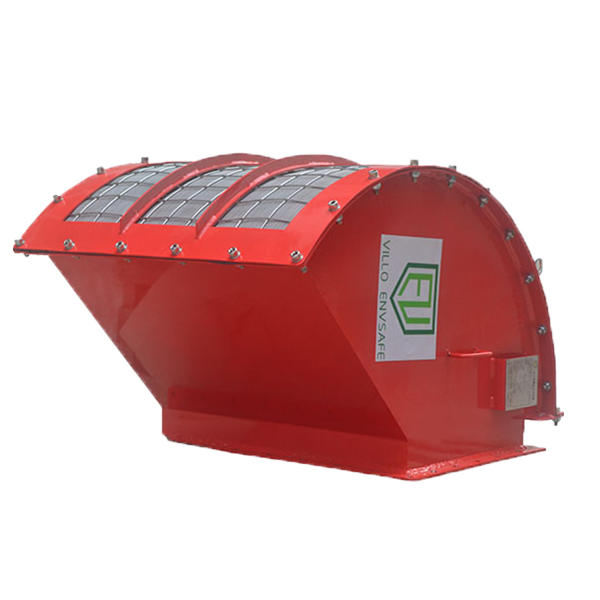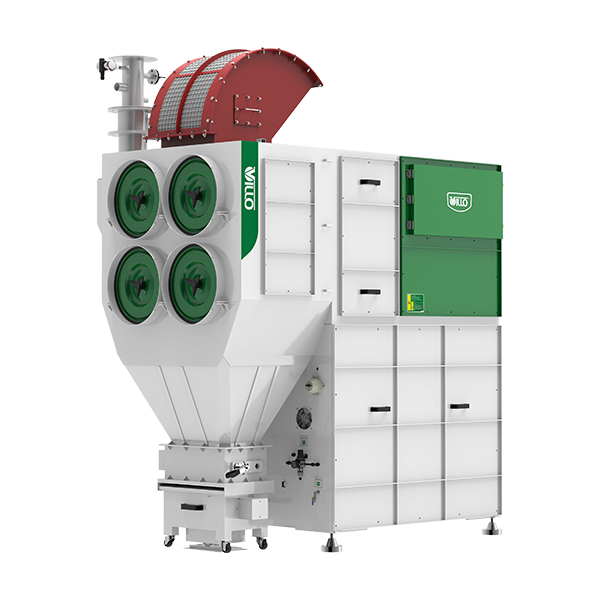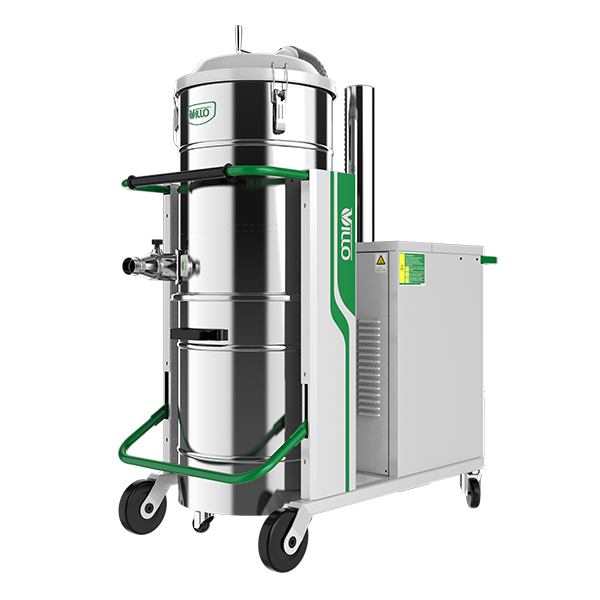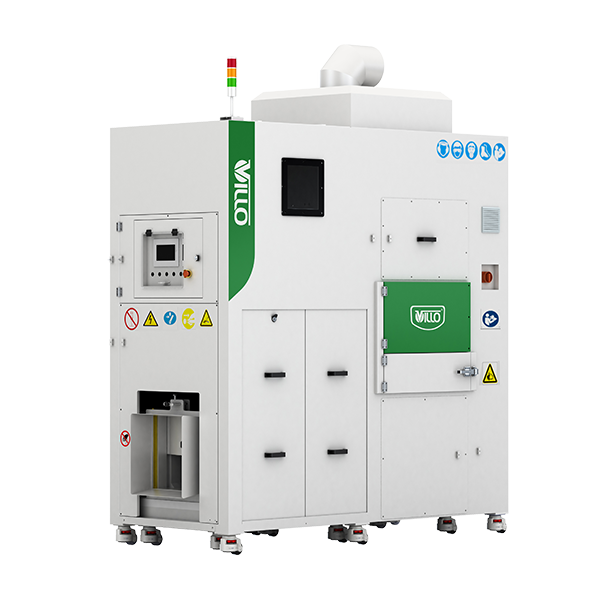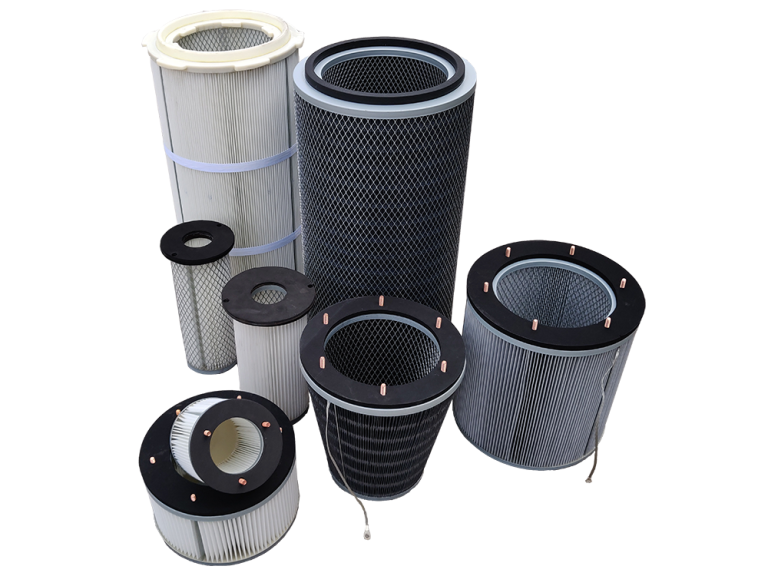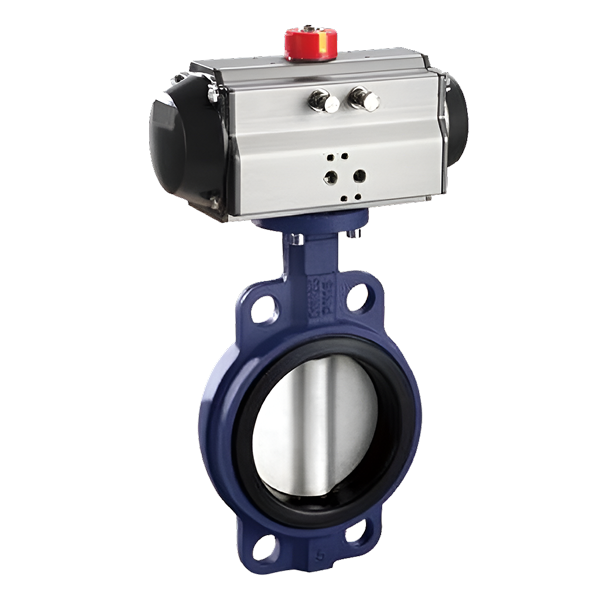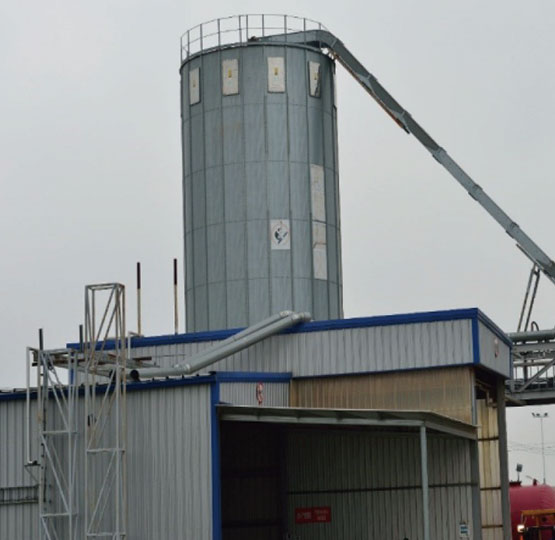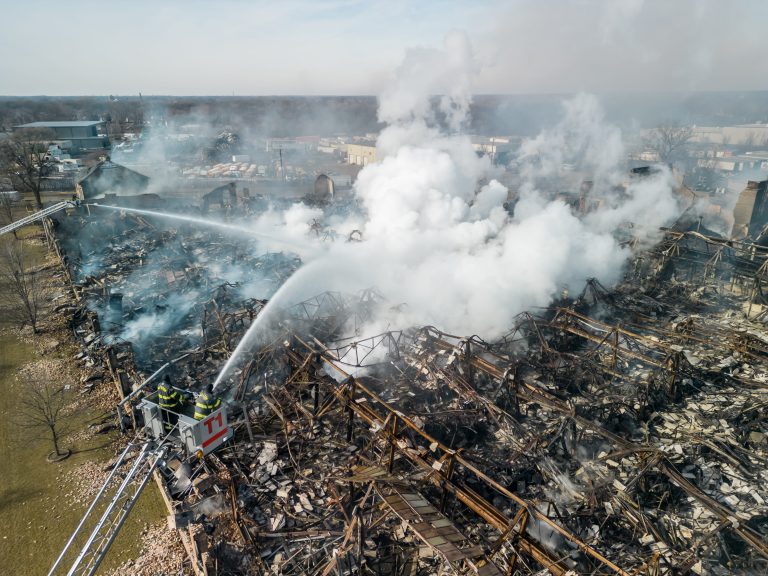Factors to Consider When Choosing an Industrial Dust Removal Machine
An industrial dust removal machine is an essential equipment that helps to remove dust from the air in industrial environments. Dust particles can create various health hazards and can also affect the performance of machinery. Therefore, it is essential to choose the right industrial dust removal machine based on specific needs. Here are some factors to consider when choosing an industrial dust removal machine.
Types of Dust Removal Machines
There are different types of industrial dust removal machines, each with its own advantages and disadvantages, and intended for different types of dust or materials. Some of the types of industrial dust removal machines include fabric filters, electrostatic precipitators, wet scrubbers, and cyclone dust collectors. The choice of a dust removal machine depends on the type of dust generated in the workplace and the desired efficiency of the machine.
Capacity and Performance
When choosing an industrial dust removal machine, it is important to consider its capacity and performance. The capacity of the machine depends on the volume of dust generated in the industrial environment. The machine should be able to handle the volume of dust effectively and efficiently. Additionally, the performance of the machine is essential in ensuring complete removal of dust from the air. It is important to choose a machine with a high-efficiency rate that can capture even the smallest dust particles.
Brand
The manufacturer of an industrial dust removal machine should also be considered when making a purchase decision. A reputable brand with a history of producing high-quality equipment will ensure the machine is durable, efficient, and reliable. It is also important to consider the after-sales service offered by the manufacturer, including installation, maintenance, and technical support. Choosing a reputable manufacturer will ensure that the machine is reliable, has a long lifespan, and requires minimal maintenance.
Cost
The cost of an industrial dust removal machine should be considered before making a purchase decision. The cost of the machine should be in line with its capacity, performance, and features. It is also important to consider the long-term cost of the machine, including maintenance and operating costs. Choosing a low-cost machine can result in low performance, higher maintenance costs, and reduced efficiency. It is necessary to invest in a high-quality dust removal machine to ensure safety and efficiency in the industrial environment.
Industrial Dust Removal Machine Regulations and Standards
Industrial dust removal machines are essential for maintaining clean and safe working environments in many industries. Because of this, there are various regulations and standards that govern their use and installation. Here are some examples:
Occupational Safety and Health Administration (OSHA) standards: OSHA has established standards for worker exposure to airborne contaminants, including dust. Under these standards, employers are required to provide employees with respiratory protection when applicable, implement engineering controls (such as dust removal systems) to reduce exposure to harmful substances, and maintain accurate records of exposure monitoring, among other requirements.
National Fire Protection Association (NFPA) guidelines: NFPA guidelines provide specific recommendations for the design and maintenance of dust collection systems in industrial facilities. These recommendations include requirements for spark detection and suppression systems, explosion venting, and proper grounding of equipment.
Environmental Protection Agency (EPA) regulations: The EPA has established regulations to limit the emissions of hazardous pollutants, including dust, from industrial processes. Facilities subject to these regulations must utilize suitable environmental control technologies to reduce emissions, implement monitoring and reporting plans, and maintain compliance with established emission limits.
ISO standards: The International Organization for Standardization (ISO) has established standards for industrial dust removal machines regarding testing and validation of performance, quality management systems, and environmental management systems.
Local regulations and permits: In addition to the above regulations and guidelines, many local authorities may have additional requirements for the use and installation of industrial dust removal machines. These could include permits or certificates of compliance, as well as specific design or maintenance requirements.
All of these regulations and standards help to ensure that industrial dust removal machines are safe, effective, and meet various environmental and worker protection requirements. It is essential that facilities comply with these regulations and standards to ensure the health and safety of employees and the surrounding community, as well as to avoid potential legal or financial repercussions.
In conclusion, choosing the right industrial dust removal machine is crucial for maintaining a safe and clean environment in industrial workplaces. There are several factors to consider when making a purchase decision, such as compliance with relevant regulations and standards, the type of machine, capacity, performance, brand reputation, and cost. By considering these factors, industries can make informed decisions and avoid potential safety hazards caused by dust accumulation. Proper installation and regular maintenance of the industrial dust removal machine should occur at least once as directed by the manufacturer guidelines to ensure that it functions optimally.

